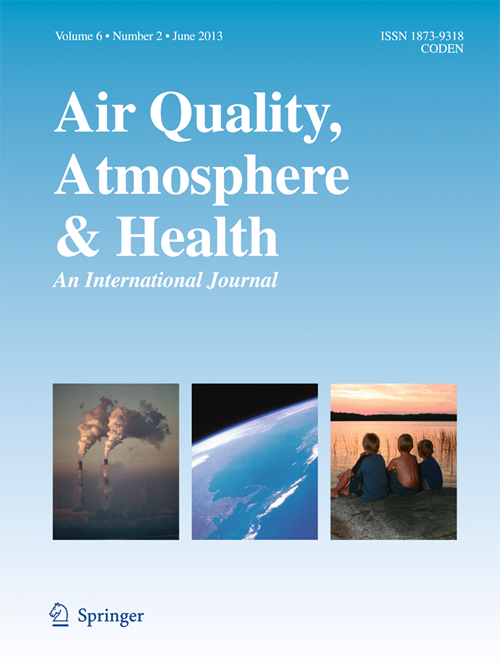Monitoring of indoor microbial air quality of dental healthcare units in Lahore
Abstract
Common indoor pollutants include biological particles and their byproducts, impacting people’s health and productivity. Biological pollutants can affect indoor air quality and cause nosocomial infections. This study aimed to isolate and identify the seasonal (monsoon/winter) quantity of culturable bioaerosols from the indoor air of dental healthcare units, implicating the health of inhabitants using an antibiotic resistance test. Bioaerosols were collected from ten dental healthcare units for indoor air quality assessment. Recommended morphological and biochemical tests were performed for microbial identifications. Maximum bacterial colonies were found near the mouth area (S2), while fungi exhibited a mixed trend at both S1(2 m away from patient’s oral cavity) and S2 (0.5 m; near patient’s oral cavity) areas. Airborne fungi and bacteria in both seasons showed average concentrations of 46–485 and 56-1091 CFU/m3, respectively. Staphylococcus aureus (26%) and Penicillium sp. (42%) were the dominant bacterial and fungal species. Based on the Global Index of Microbiological Contamination sanitary conditions, current results showed that the microbiological indoor air quality was within the “acceptable” range. Antimicrobial susceptibility tests showed that winter was a more agile season for antibiotic-resistant bacteria. The NFZIH33-strain of S. aureus found in winter showed the sturdiest results by delivering 90% antibiotic resistance, primarily to erythromycin. The number of microorganisms was strongly correlated (r = 0.7) with the number of occupants. The indoor presence of dental units was linked (r = 0.8 in monsoon while r = 0.5 in winter) with the abundance of microbial colonies. This research provides a solid foundation for assisting dentists to implement adequate precautions and protect against harmful bioaerosols.

 求助内容:
求助内容: 应助结果提醒方式:
应助结果提醒方式:


